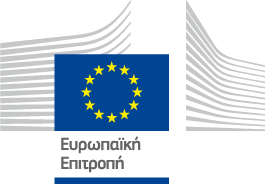This Mediterranean, coastal area’s eco-system blends marine and brackish water environments, with a series of lakes connected to the sea such as the Thau lagoon. This has brought together many different economic actors relying on rural, maritime and terrestrial activities (large and small-scale fishing, shellfish farming, sailing, tourism, hydrotherapy, wine growing, etc.).

